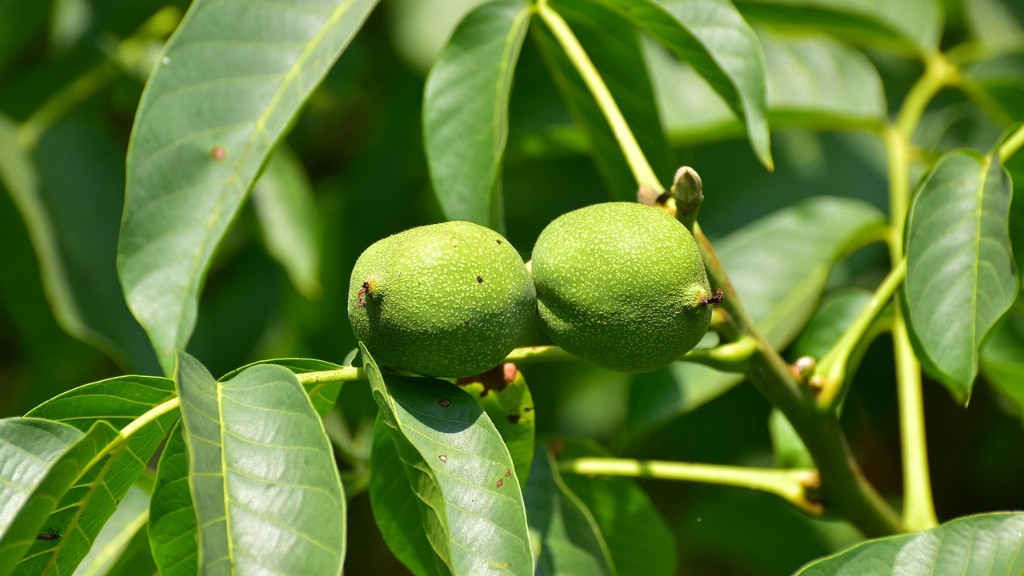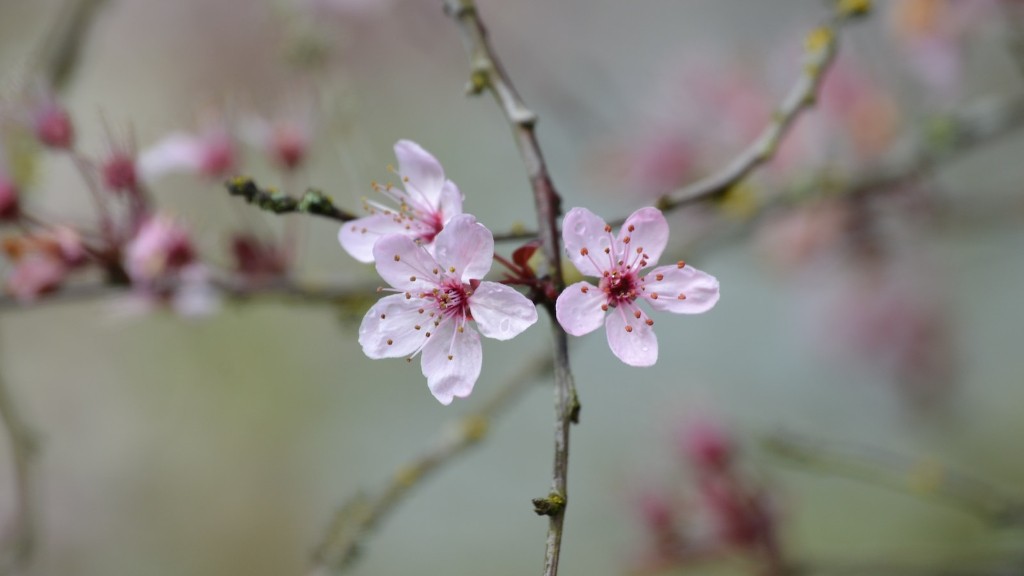The best time to plant a lemon tree depends on several factors – climate, soil type, nutrient content, and more. However, for most locations, the best time to plant is in springtime, just before the new season begins. Specifically, February to April is ideal, when the ground is still moist and warm. This helps the roots establish quickly and sets up the tree for fruiting as soon as possible. It’s important to ensure that the soil is well-drained and amended with compost or manure before planting.
To get the most out of your lemon tree, it is preferable to select a semi-dwarf or dwarf variety. These trees are usually a few feet tall or less and can be grown indoors if given the proper care. They tend to bear fruit more quickly than full-size trees, so they’re a great choice for those who want to harvest lemons in just a few years. When planting a dwarf or semi-dwarf tree, it’s important to dig a hole that’s twice as wide as the root ball and mix some good compost or manure into the soil.
When it comes to planting, it’s important to remember that lemon trees prefer full sun, so find a spot with plenty of sunlight before you start. Also, consider how often you’ll be able to water your tree; Lemons need a lot of water, so plan to water your trees deeply at least twice a week during the spring, summer and autumn months. If you live in an area with mild winters, they may need watering during the winter months too.
In addition to regular watering, fertilizing is also important for your lemon tree. A slow-release fertilizer like ‘citrus fertilizer’ or ‘potassium-rich fertilizer’ should be applied in March and again in mid-summer. Once the tree is established, pruning can also help your tree bear fruit more quickly. Prune away dead or damaged branches and encourage a strong, central trunk. This will help your tree get more sunlight and air and will ultimately support more flowers and fruit.
Another important tip is to protect your lemon tree from pests. Aphids and other insects can scar the fruit, so remember to inspect your tree often and use some organic insecticide if necessary. Citrus trees are also prone to fungal diseases, so be sure to prune away any diseased or discoloured parts of the tree as soon as possible.
Finally, depending on the variety of lemon tree you have, harvesting and storing the fruits may require some preparation. Generally, the fruits should be picked when they are fully ripe, typically when they have started to turn yellow and have a slightly soft texture. To store the fruits, it is best to leave them on the tree or carefully place them in a cool, dry place indoors. With proper care and maintenance, your lemon tree should thrive and reward you with delicious, juicy fruits.
What Fertilizer Should I Use?
An essential part of growing a healthy, productive tree is ensuring that the soil has the right nutrients. Fertilizer is the best way to do this and ‘citrus fertilizer’ or ‘potassium-rich fertilizer’ are both great options, as they contain the nutrients that lemon trees need to thrive. When applying, use a slow-release fertilizer and incorporate it into the soil with a rake in March and again in mid-summer. Water thoroughly to help the fertilizer reach the roots and remember to follow the manufacturer’s instructions when applying.
What is the Best Location?
Location is very important for lemon trees, so it’s important to pick a spot that meets the tree’s needs. Lemons need full sun, so find a spot that gets at least six hours of direct sunlight every day. Also try to choose an area with well-drained soil. When planting, it’s important to dig a hole that’s twice as wide as the root ball and mix some good compost or manure into the soil.
How Can I Protect the Tree from Pests and Diseases?
Protecting your lemon tree from pests and diseases is essential for successful harvests. Aphids and other insects can scar the fruit, so keep an eye out for any signs of infestation and treat with an appropriate insecticide. Fungal diseases can also affect citrus trees, so be on the lookout for discoloured areas or yellowing leaves and prune away any affected parts immediately. Additionally, it is recommended that before planting a lemon tree, you take steps to ensure that the soil is well-drained and amended with compost or manure.
Can I Grow A Lemon Tree Indoors?
Yes, you can grow a lemon tree indoors provided that you can give it the right care and environment. It’s best to select a dwarf or semi-dwarf variety, as these trees are typically a few feet tall or less and are perfect for container gardening. These trees tend to bear fruit more quickly than their full-size counterparts, so they’re a great choice for those who want to get lemons more quickly. When planting indoors, it’s important to use a rich, well-draining soil and provide plenty of sunlight.
What is the Best Way to Harvest and Store Lemons?
The best way to harvest lemons depends on the variety you have, so be sure to research the specifics of your tree. Generally, the fruits should be picked when they are fully ripe, typically when they have started to turn yellow and have a slightly soft texture. To store the fruits, it’s best to leave them on the tree or carefully place them in a cool, dry place indoors. Be sure to check regularly, as over-ripe fruits can spoil quickly.


